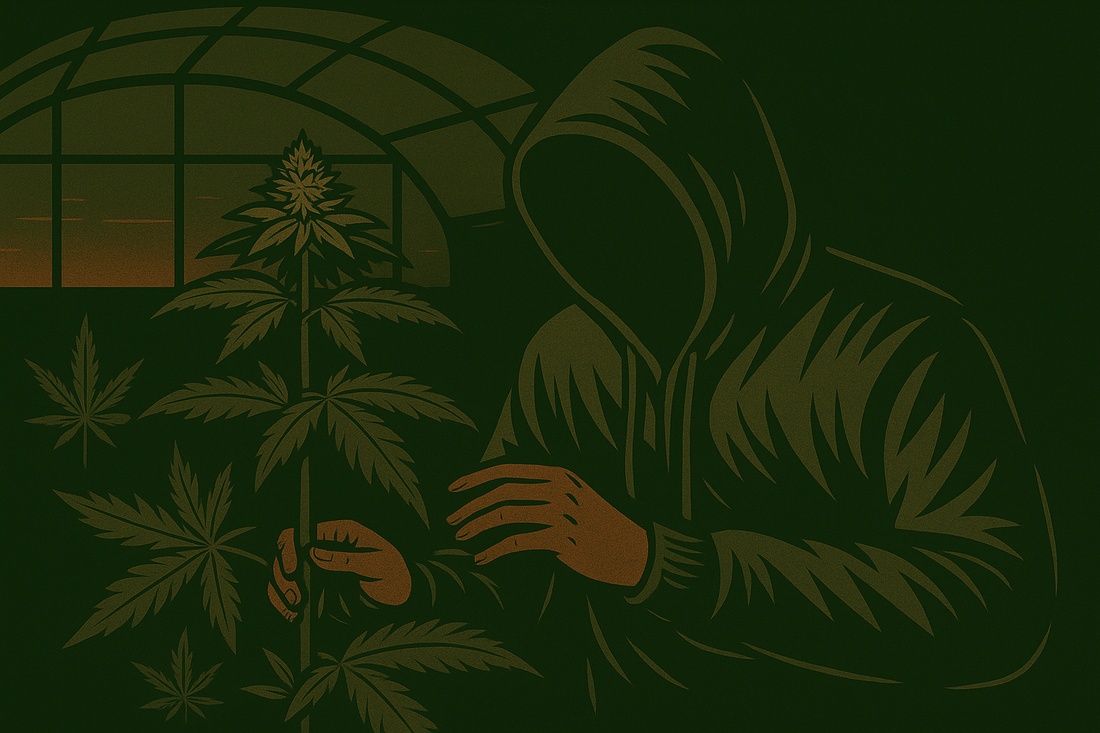
🕶️ Why many breeders want to remain anonymous
Share
They breed the hottest strains, drive innovation – but you'll never see their faces.
In the world of cannabis breeding, anonymity isn't just a stylistic device. For many, it's a matter of survival.
🔍 1. The legal gray area
Even though cultivation in clubs or for medical purposes is permitted in some countries:
Most breeders operate in or near illegality.
Many grow in countries where cultivation is only permitted under strict conditions or not at all – e.g.:
- France 🇫🇷 (zero tolerance cultivation)
- Germany 🇩🇪 (only through cultivation associations or medical licenses)
- Eastern Europe 🇵🇱 🇷🇴 (severe penalties for violations)
- Spain 🇪🇸 – Sale only permitted “for collectors’ purposes”; cultivation and distribution are legally uncertain
Anyone who uses their real name risks house searches, job loss – or worse.
🧪 2. Breeder by night – Manager by day
Another motive: double life . Many breeders have a normal job during the day:
- Botanist in the laboratory
- Gardener in the public service
- Employees in agricultural or biotech companies
- Even government officials (no joke!)
Her employers would freak out if they found out about her “side career.”
That is why they use pseudonyms, such as:
- @chimera_seeds
- @swamp_genetics
- or legendary names like Shantibaba, Skunkman, DJ Short or El Bruixot
🧑🌾 3. The scene protects itself
In breeder circles, anonymity is a silent law.
Many don't want fame , but peace and quiet . The quality of the genetics should speak for itself – not the faces behind them.
It's about:
- 🔒 Protecting the family
- 🧬 Theft protection against patents & big weed
- 🧠 Focus on craftsmanship, not on social media
The scene is small, connected—and loyal. Those who know you, know you. Those who don't know you don't have to see you.
🕵️♂️ Conclusion: Anonymity as a seal of quality?
In a world where everyone is shouting loudly, silence becomes a strategy .
Some of the best genetics were never officially marketed – and yet were copied everywhere.
If you can't find a breeder but their seeds are appearing everywhere, that's usually a good sign.
Next on “Backroom Talk”:
The European market 2025–2030: Who will survive, who will scale, who will go under?
